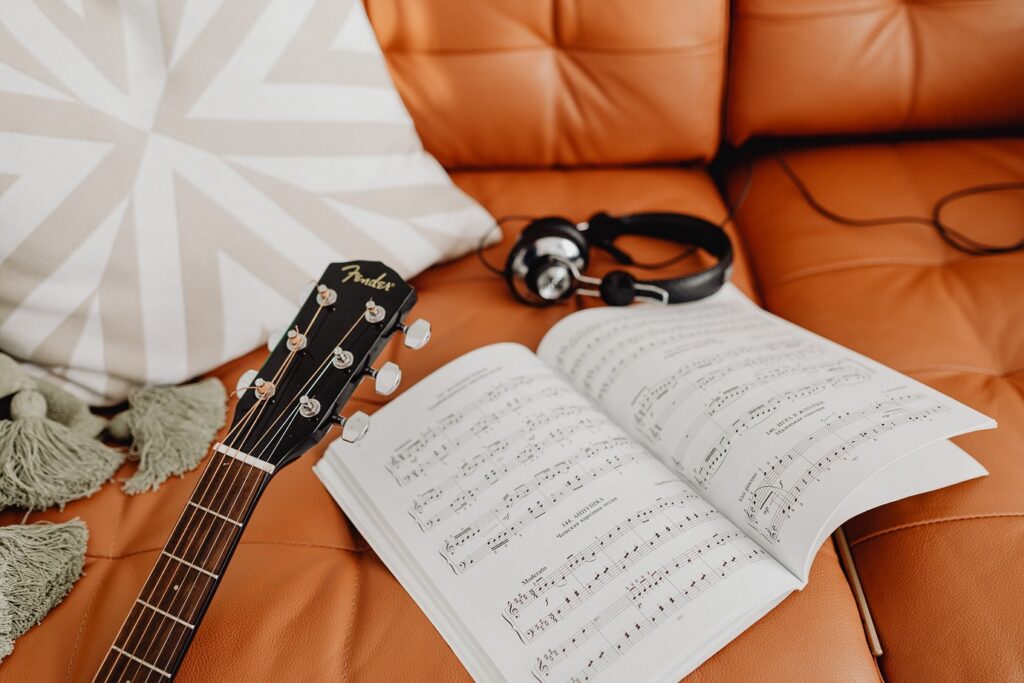Alternating Bass Notes
Alternating Bass Notes: Mastering Bass Line Agility
One of the defining characteristics of fingerstyle guitar playing is the ability to create a full and rich sound by incorporating alternating bass notes. By alternating between the bass strings of the guitar, you can add depth, rhythm, and complexity to your playing. Mastering bass line agility through alternating bass notes is a fundamental skill for any fingerstyle guitarist. In this article, we will explore the importance of alternating bass notes and delve into a comprehensive approach to help you develop your bass line agility.
The Importance of Alternating Bass Notes:
Alternating bass notes provide a solid rhythmic foundation for fingerstyle guitar playing. They create a sense of groove, emulate the sound of a bass player, and allow you to simultaneously play melodies, chords, and harmonies. By mastering the technique of alternating bass notes, you expand your playing capabilities, adding dynamics and richness to your music.
Developing Bass Line Agility:
To develop bass line agility and master the technique of alternating bass notes, follow the step-by-step exercise below:
Step 1: Begin by selecting a simple open chord, such as the C major chord, to practice the exercise.
Step 2: Rest your thumb on the low E string (6th string) and pluck it with a controlled motion, ensuring a clear and even sound.
Step 3: While maintaining a steady rhythm with your thumb, simultaneously pluck the higher strings (usually the D, G, and B strings) with your other fingers. Start with your index finger on the G string, middle finger on the B string, and ring finger on the high E string.
Step 4: As you pluck the higher strings, ensure that your thumb continues to alternate between the bass note (low E string) and the higher strings. This creates a continuous alternating bass line.
Step 5: Practice this pattern slowly at first, focusing on accuracy and coordination between your thumb and fingers. Pay attention to the balance between the bass note and the higher strings, ensuring that the bass note is clearly heard.
Step 6: Once you feel comfortable with the basic pattern, gradually increase the tempo while maintaining control and precision. Start incorporating different chord shapes and progressions, exploring the versatility of the alternating bass technique.
Step 7: Experiment with different rhythmic variations. You can introduce syncopation, accents, and rests within the alternating bass line to add dynamics and musicality to your playing.
Step 8: Practice the exercise with various chord shapes, exploring different keys, and incorporating different patterns and fingerings. This will expand your repertoire of alternating bass techniques and improve your ability to adapt to different musical contexts.
Tips for Practicing Alternating Bass Notes:
To maximize the effectiveness of your practice sessions and accelerate your progress in mastering bass line agility, consider the following tips:
Start Slow: Begin the exercise at a comfortable tempo, ensuring that each note is clear and well-defined. As you gain confidence and accuracy, gradually increase the speed, challenging yourself to maintain control.
Focus on Timing: Pay close attention to the timing of your bass notes. Aim for a consistent and steady rhythm, ensuring that your bass lines align perfectly with the higher strings.
Finger Placement and Technique: Maintain a relaxed hand position and use the pads of your fingers to pluck the strings. Avoid excessive tension in your hand and wrist, as it can hinder your speed and accuracy. Experiment with different finger placements to find the most comfortable and efficient technique for you.
Dynamic Control: Practice varying the volume and dynamics of your bass notes. Explore playing softer or louder, accentuating certain beats, and creating a sense of musical expression within your bass lines.
Use a Metronome: Practice with a metronome to develop a strong sense of timing and rhythm. The metronome will help you stay on track and maintain a consistent tempo as you work on your alternating bass notes. Start at a slower tempo and gradually increase the speed as you become more comfortable.
Experiment with Styles and Genres: Alternating bass notes are widely used in various styles of music, including folk, blues, country, and classical. Explore different genres and songs that incorporate this technique to further enhance your understanding and application of alternating bass lines.
Practice with Songs: Apply your alternating bass note skills to real songs. Choose fingerstyle arrangements or songs that utilize alternating bass patterns and play along with them. This will help you develop a sense of musicality, improve your timing, and gain experience in incorporating alternating bass notes within a musical context.
Record and Analyze Your Playing: Record yourself while practicing the alternating bass note exercise or playing songs that incorporate this technique. Listen back to your recordings and analyze your performance. Pay attention to areas that need improvement, such as timing, clarity of bass notes, or finger coordination. By identifying these areas, you can focus your practice on specific challenges and track your progress over time.
Seek Guidance: Consider working with a guitar teacher or seeking guidance from experienced fingerstyle guitarists. They can provide valuable feedback, offer personalized exercises, and help you refine your technique and musicality.
Mastering bass line agility through alternating bass notes is an essential skill for any fingerstyle guitarist. It adds depth, rhythm, and complexity to your playing, enabling you to create captivating arrangements and express yourself musically. By following the step-by-step exercise and practicing regularly with focus and patience, you will develop a strong foundation in alternating bass notes. Remember to start slow, maintain proper technique, and gradually increase the tempo. With time and dedication, you will gain the ability to create intricate bass lines with ease, enhancing your overall fingerstyle guitar playing. Embrace the challenge, enjoy the journey, and let your fingers groove to the rhythmic magic of alternating bass notes.
